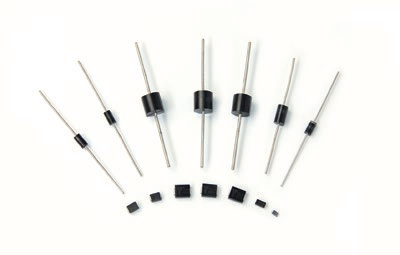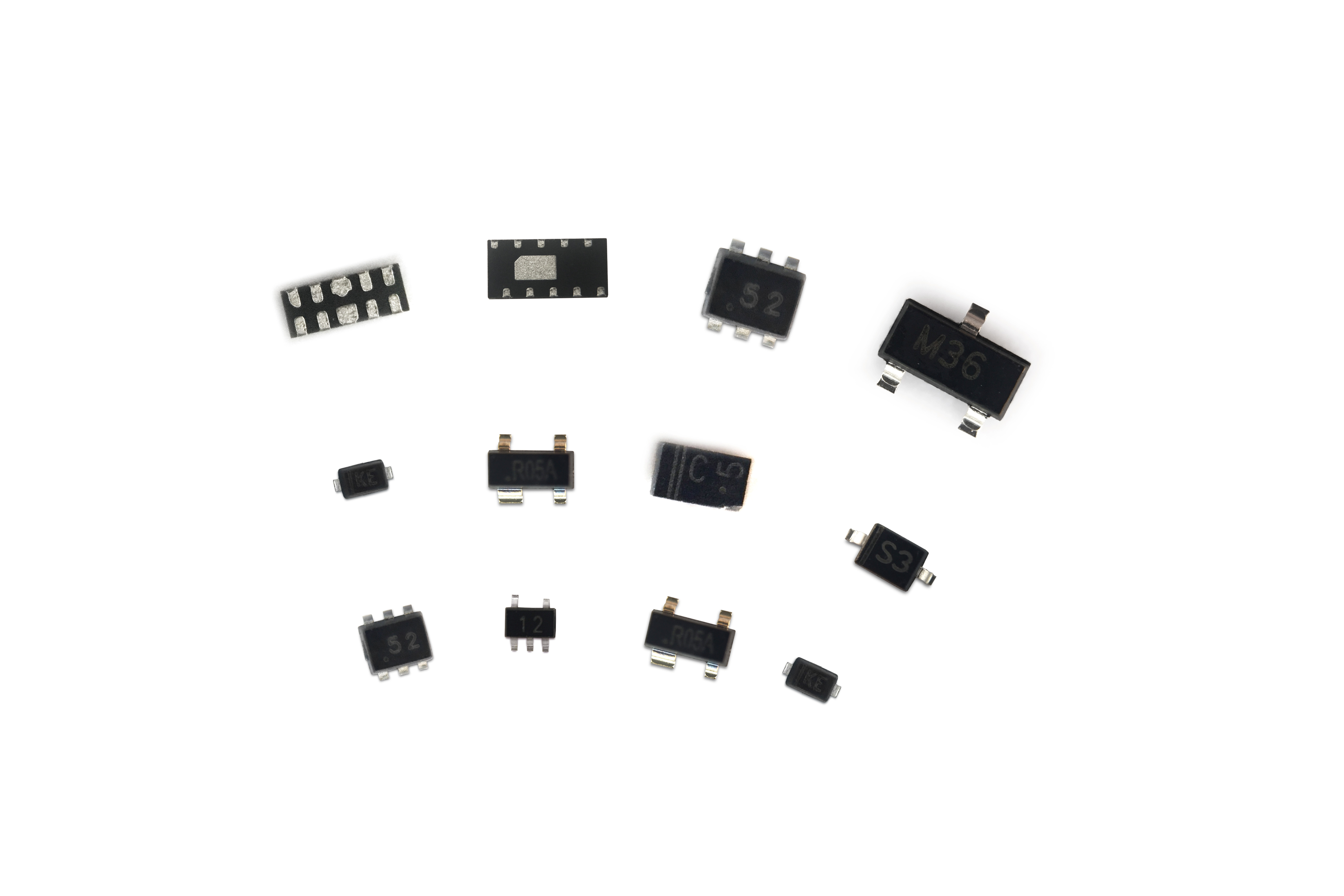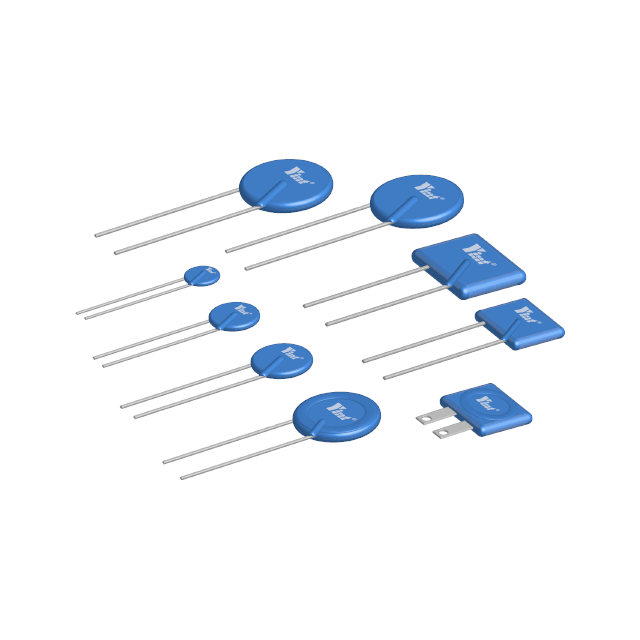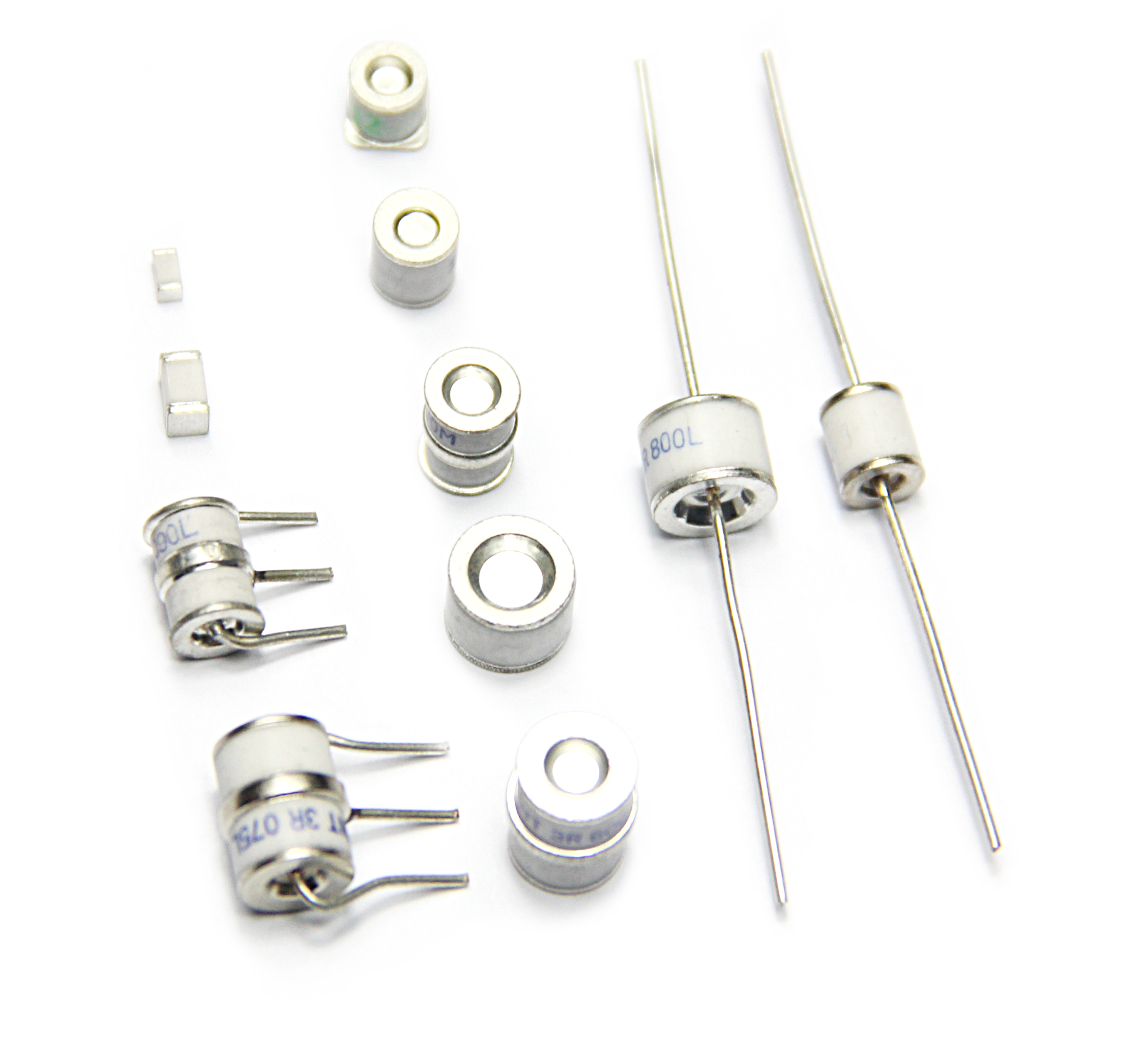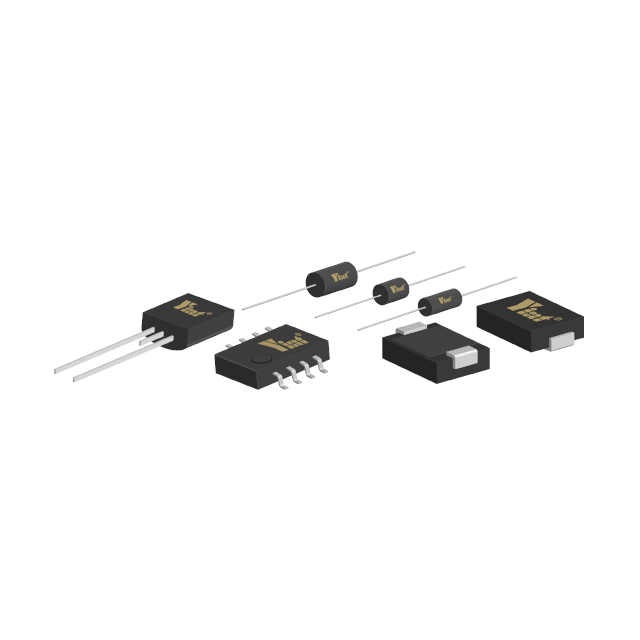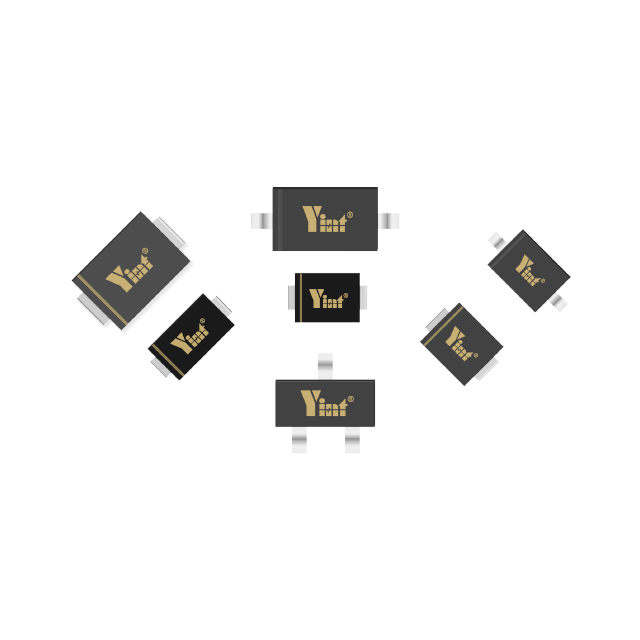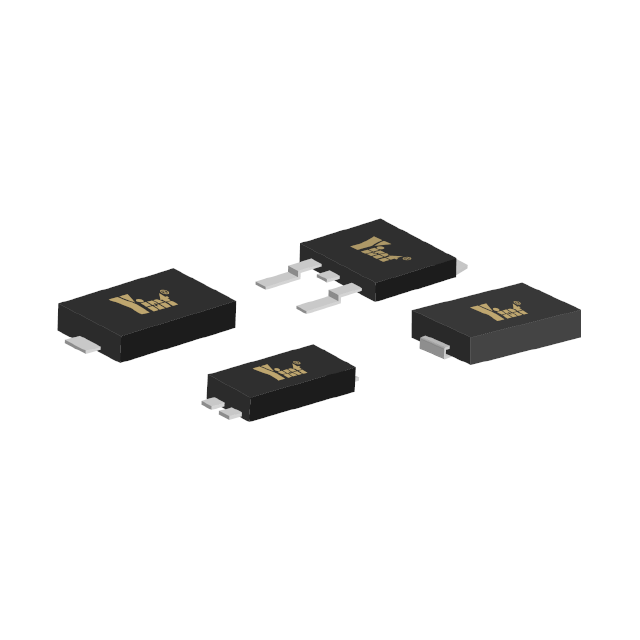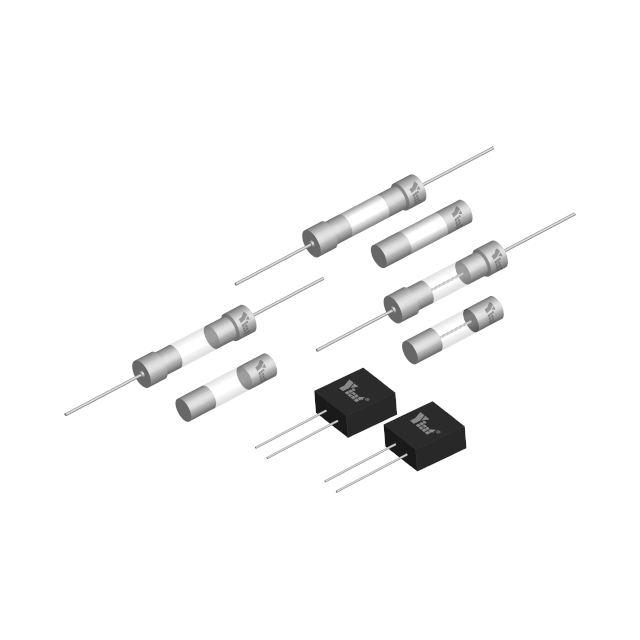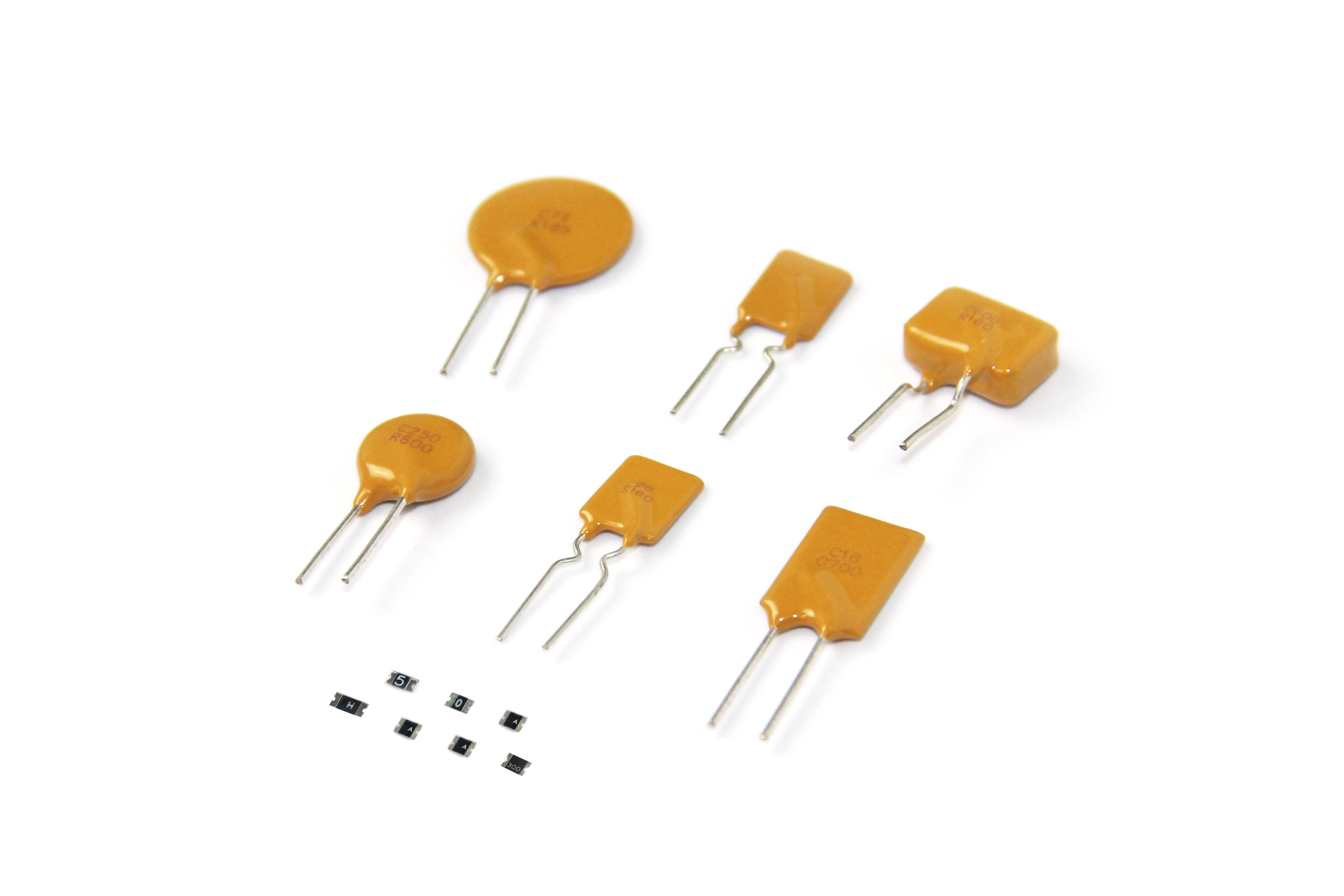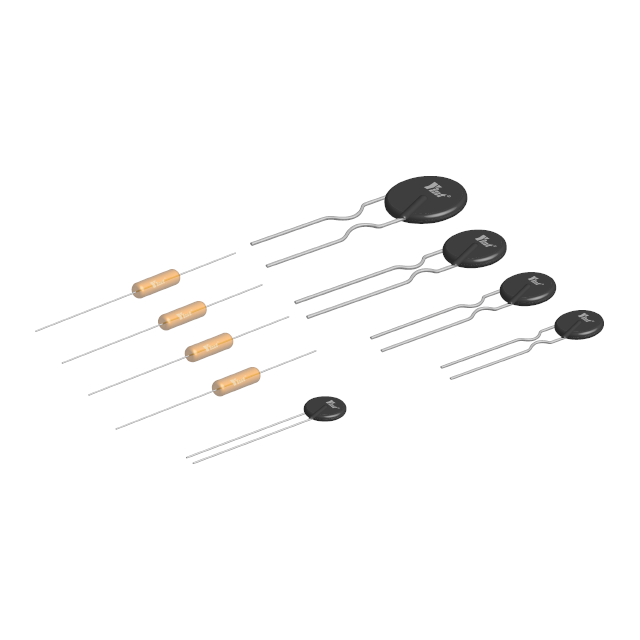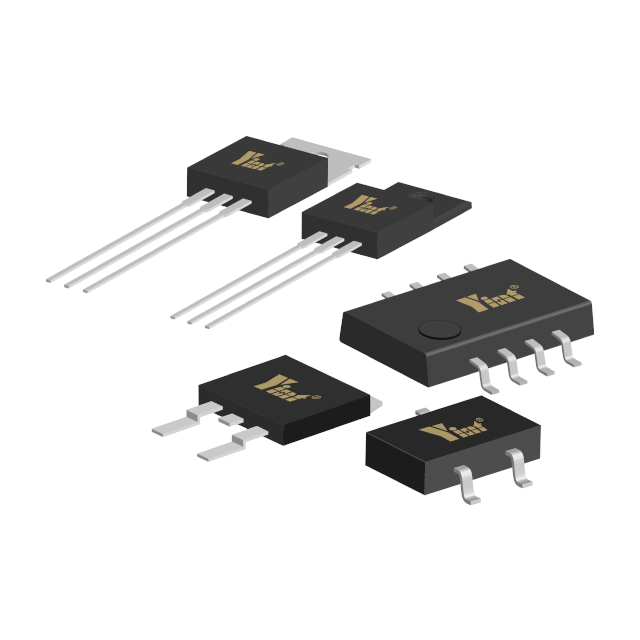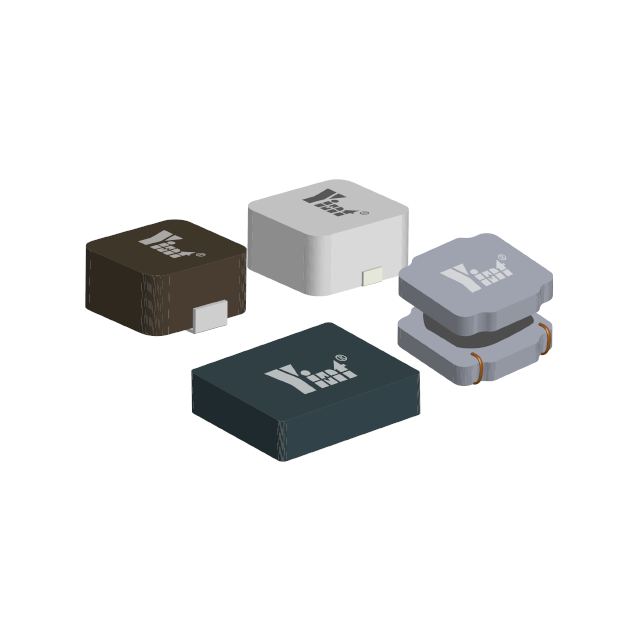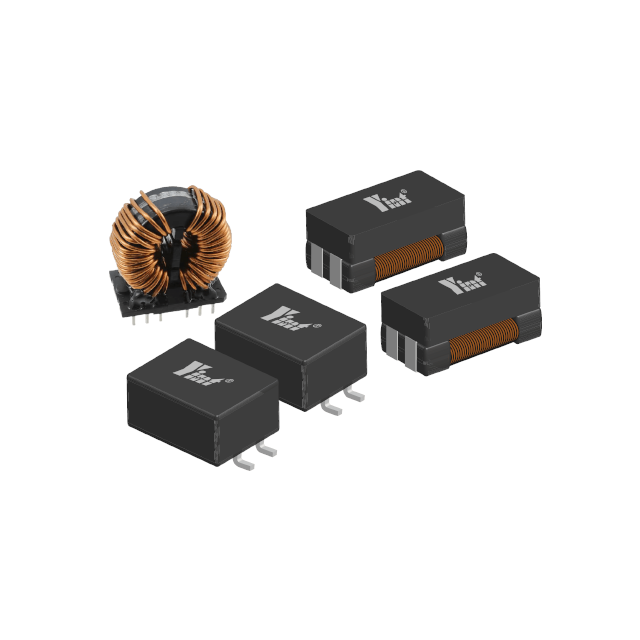Electrostatic discharge (ESD) events can pose significant risks to electronic devices, leading to malfunction or irreversible damage. To combat these risks, ESD protection diodes have become essential components in modern electronics. This article delves into the operation of ESD protection diodes, their types, working principles, and applications, offering a comprehensive understanding of how they protect sensitive electronics.
The Need for ESD Protection
As electronic devices become increasingly compact and complex, they are more susceptible to ESD. Static electricity can build up in the human body or surrounding environment and discharge when touching electronic components, leading to catastrophic failures. ESD protection diodes are designed to mitigate this risk, making them crucial in industries ranging from consumer electronics to telecommunications and automotive systems.
Types of ESD Protection Diodes
1. Zener Diodes: Zener diodes are commonly used for voltage clamping. They allow current to flow in the reverse direction when the voltage exceeds a specific level, effectively protecting downstream components from overvoltage conditions. Their voltage regulation properties make them suitable for various applications, although they are not as fast as other options.
2. TVS Diodes (Transient Voltage Suppressor): TVS diodes are specifically engineered for ESD protection. They can respond quickly to transient voltage spikes, shunting excess energy away from sensitive components and preventing damage. Their fast response time makes them ideal for high-speed data lines and communication interfaces.
3. Schottky Diodes: Known for their low forward voltage drop and fast switching speeds, Schottky diodes are often used in conjunction with other ESD protection devices to enhance overall protection. Their speed helps in reducing the risk of signal distortion during ESD events.
4. ESD Arrays: These consist of multiple ESD protection diodes integrated into a single package, providing robust protection for multiple lines in a compact form factor. ESD arrays are particularly useful in applications where space is limited, such as in smartphones and compact circuit boards.
Key Parameters of ESD Protection Diodes
To select the appropriate ESD protection diode, several parameters must be considered:
1. Clamping Voltage (Vc): This is the maximum voltage that the diode will allow before it starts to conduct. It should be lower than the breakdown voltage of the protected components to ensure their safety during an ESD event.
2. Peak Pulse Power (PPP): This indicates the maximum power the diode can handle during an ESD event without failure. Choosing a diode with a sufficient PPP rating is essential for maintaining protection over repeated ESD occurrences.
3. Response Time: The response time of an ESD protection diode is critical, especially in high-speed applications. Faster diodes can clamp voltage spikes more effectively, ensuring the integrity of high-speed signals.
4. Capacitance (C): For high-frequency applications, the input capacitance of the diode can affect signal integrity. Lower capacitance values are preferable in such cases, as they minimize signal distortion.
5. Working Voltage (VWM): This is the maximum continuous voltage the diode can handle without entering breakdown. It should exceed the normal operating voltage of the circuit to avoid unintended clamping during regular operation.
Applications of ESD Protection Diodes
ESD protection diodes are vital in a wide array of applications, including:
1. Consumer Electronics: Devices such as smartphones, tablets, and laptops are highly susceptible to ESD. ESD protection diodes are commonly integrated into their designs to ensure reliability and performance. With the increasing use of touchscreens and sensitive sensors, effective ESD protection is more critical than ever.
2. Automotive Electronics: Modern vehicles incorporate numerous electronic systems, all of which require protection from ESD. ESD protection diodes safeguard critical components such as sensors, control modules, and communication interfaces, ensuring the safety and reliability of automotive electronics in varying environmental conditions.
3. Telecommunications: In telecommunication equipment, ESD protection diodes are used to protect sensitive components from voltage spikes that can occur during lightning storms or other electrical disturbances. Ensuring reliable communication is crucial, making ESD protection essential in this field.
4. Industrial Equipment: Machinery and equipment in industrial settings often face harsh conditions, making ESD protection essential for operational integrity and safety. The longevity of industrial electronics is significantly enhanced through proper ESD protection measures.
5. Medical Devices: In medical electronics, where reliability is paramount, ESD protection diodes help ensure that devices operate correctly and safely in the presence of ESD. This protection is crucial for maintaining patient safety and device functionality.
Designing with ESD Protection Diodes
When designing circuits that include ESD protection diodes, engineers must consider placement, selection, and integration into the overall circuit. Here are some best practices:
1. Placement: Position ESD protection diodes as close as possible to the input/output (I/O) ports. This minimizes the trace length and reduces the chances of voltage spikes affecting sensitive components. Proximity to the protected nodes enhances the diode's effectiveness.
2. Trace Design: Use wide traces and short paths to connect the ESD diodes to the protected components. This design helps to minimize inductance and resistance, enhancing the diode's effectiveness. Proper trace design reduces the risk of voltage overshoot.
3. Choosing the Right Diode: Select a diode with appropriate clamping voltage and peak pulse power ratings based on the specific application requirements. Matching the diode characteristics to the circuit's needs is essential for optimal protection.
4. Testing: Conduct thorough testing under ESD conditions to verify that the protection mechanism operates as intended and that the protected components remain functional. Regular testing helps identify potential weaknesses in the protection strategy.
5. Simulation: Use circuit simulation software to model ESD events and predict the behavior of the protection circuit. This proactive approach can reveal design flaws before physical implementation.
Challenges and Considerations
While ESD protection diodes are highly effective, there are challenges to consider:
1. Signal Integrity: The introduction of ESD protection diodes can affect signal integrity, especially in high-frequency applications. Engineers must balance protection needs with the requirement for clear, high-speed signals.
2. Thermal Management: During ESD events, protection diodes can generate heat. Adequate thermal management is essential to prevent damage to the diode and surrounding components. Proper heat dissipation methods should be incorporated into the design.
3. Device Aging: Over time, ESD protection diodes can degrade due to repeated exposure to voltage spikes. Monitoring the health of these components is crucial, especially in mission-critical applications.
4. Cost Considerations: While integrating ESD protection diodes is essential for device reliability, cost implications must also be assessed. Balancing protection needs with budget constraints is a key consideration in product design.
5. Regulatory Compliance: Many industries have specific standards and regulations regarding ESD protection. Ensuring compliance with these standards is vital for market acceptance and product safety.
Future Trends in ESD Protection
As technology advances, so do the methods and materials used for ESD protection. Emerging trends include:
1. Nanotechnology: The use of nanomaterials in ESD protection diodes can enhance performance, allowing for faster response times and improved clamping characteristics.
2. Integrated Solutions: Future designs may see increased integration of ESD protection features directly into semiconductor chips, reducing the need for discrete components and improving overall circuit density.
3. Smart ESD Protection: With the rise of IoT devices, smart ESD protection solutions that can adapt to varying conditions and provide real-time monitoring and feedback are becoming more prevalent.
4. Enhanced Testing Methods: Advancements in testing methodologies will allow for better characterization of ESD protection performance under various conditions, leading to improved designs.
5. Sustainability: As industries move towards greener practices, there will be a focus on developing environmentally friendly ESD protection solutions that meet performance standards without compromising sustainability.
Conclusion
In conclusion, ESD protection diodes play a crucial role in safeguarding electronic devices against the potentially damaging effects of electrostatic discharge. Understanding their operation, types, and applications helps designers make informed decisions when selecting and integrating these essential components into their circuits. With the increasing reliance on electronic devices in everyday life, the importance of robust ESD protection cannot be overstated. By implementing effective ESD protection strategies, engineers can ensure the reliability and longevity of their products in an ever-evolving technological landscape. As we look to the future, continued innovation in ESD protection will be vital to keeping pace with advancing technologies and increasing electronic device complexity.

